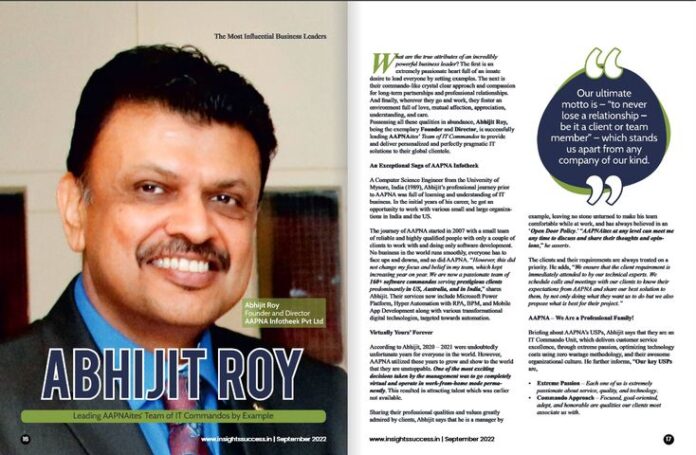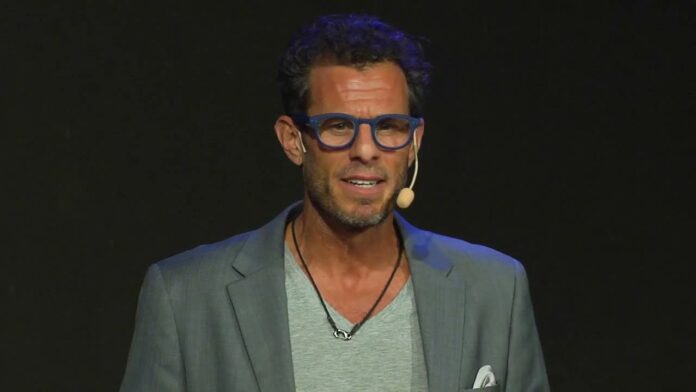Education is often referred to as the great equalizer, with the power to lift individuals and societies out of poverty and create opportunities for success. However, despite its importance and potential, access to education is not equal around the world. In fact, education disparities are a global issue that affects millions of people, particularly those from marginalized and disadvantaged communities.
In this blog post, we will delve into the topic of global education disparities, including the factors contributing to these disparities, their impact on individuals and societies, and efforts being made to address them. We will also explore case studies and examples from different countries to gain a better understanding of the complexities and challenges surrounding access to education.
Overview of Global Education Disparities
The United Nations’ Sustainable Development Goal 4 (SDG4) aims to ensure inclusive and equitable quality education for all by 2030. However, according to the UNESCO Institute for Statistics, an estimated 258 million children and youth are still out of school globally, and many who are in school are not receiving quality education. This illustrates the vast disparities in access to education around the world.
Education disparities exist at all levels, from primary to tertiary education. Children from low-income families, rural areas, ethnic and linguistic minorities, and girls are among those most affected. These disparities also extend beyond enrollment numbers to include factors such as school infrastructure, teacher qualifications, and resources available for teaching and learning.
Moreover, education disparities are not only limited to developing countries. In developed nations, there are also significant discrepancies in access to education based on socioeconomic status, race, and ethnicity. For instance, in the United States, children from low-income families are six times more likely to drop out of high school than their wealthier peers.
Factors Contributing to Education Disparities

There are numerous factors that contribute to education disparities around the world. These can be divided into three main categories: economic, social, and political.
Economic Factors
One of the primary factors contributing to education disparities is poverty. Families living in poverty often cannot afford to send their children to school or provide them with necessary supplies, such as uniforms and textbooks. This leads to a high number of out-of-school children in low-income communities, particularly in developing countries.
Economic disparities also result in unequal access to quality education. In many countries, the quality of education is directly linked to the wealth of the community. This means that children from disadvantaged backgrounds are more likely to attend schools with inadequate resources and poorly trained teachers.
Social Factors
Social factors, such as gender, race, and ethnicity, also play a significant role in education disparities. Girls, for example, face unique barriers to education, including early marriage and pregnancy, household responsibilities, and cultural norms that prioritize boys’ education. In some cultures, girls are also not encouraged to pursue education beyond primary level, limiting their opportunities for higher education.
Racial and ethnic minorities, particularly indigenous communities, also face discrimination and exclusion from education systems. Language barriers, lack of culturally relevant curriculum, and prejudice against certain groups contribute to these disparities.
Political Factors
Political instability and conflict are major obstacles to education, especially in developing countries. In times of crisis, schools are often destroyed, and families are forced to flee their homes, disrupting children’s education. Even when schools remain operational, they may be used for military purposes, putting students at risk of violence and recruitment.
Lack of government funding for education also contributes to disparities. In many countries, education budgets are insufficient, resulting in inadequate infrastructure, insufficient resources, and poorly paid teachers. This makes it challenging to attract and retain qualified educators, particularly in remote and marginalized communities.
Impact of Education Disparities

The consequences of education disparities are far-reaching and have a profound impact on individuals, societies, and economies. At the individual level, lack of access to education limits children’s potential, perpetuating the cycle of poverty and reducing their opportunities for employment and economic growth in the future.
Moreover, education disparities have a negative impact on society as a whole. When large numbers of children are unable to receive education, it results in a less educated population, hindering social and economic development. This can lead to increased income inequality, political instability, and a lack of skilled workers to fill job vacancies.
Efforts to Address Education Disparities
Eliminating education disparities is crucial for achieving the SDG4, and various efforts are being made globally to address this issue. Governments, non-governmental organizations, and international bodies are working together to increase enrollment, improve the quality of education, and promote inclusivity in education systems.
Government Policies and Programs
Governments play a vital role in addressing education disparities through policies and programs that aim to provide equitable and inclusive education for all. For instance, in India, the Right to Education Act was enacted in 2009, making education a fundamental right for children aged 6-14 years. This law aims to ensure free and compulsory education for all children and has helped increase enrollment rates.
Governments also provide financial support to families from low-income backgrounds to enable them to send their children to school. In Kenya, for example, the government introduced a program called Free Primary Education in 2003, which resulted in significantly increased enrollment in primary schools.
Non-Governmental Organizations (NGOs)
NGOs play a crucial role in addressing education disparities, particularly in remote and marginalized communities. These organizations work closely with communities to identify barriers to education and implement programs to overcome them. For instance, Camfed, an NGO operating in several African countries, provides support for girls’ education, including scholarships, school supplies, and mentorship programs.
NGOs also work to improve the quality of education by providing resources, training teachers, and improving school facilities. For example, Room to Read is an organization that focuses on literacy and girls’ education in developing countries, establishing libraries, providing books, and training teachers in their programs.
International Efforts
The United Nations and its agencies, such as UNESCO and UNICEF, are actively involved in addressing education disparities globally. These organizations work with governments and NGOs to set targets and monitor progress towards achieving SDG4.
Moreover, international partnerships and initiatives, such as the Global Partnership for Education and Education Cannot Wait, provide financial support and technical assistance to low-income countries to help them strengthen their education systems and increase access to education.
Case Studies/Examples
To gain a better understanding of the complexities and challenges surrounding access to education, let us take a closer look at two case studies from different countries.
Afghanistan
Afghanistan is one of the most challenging countries when it comes to access to education, particularly for girls. Decades of conflict have resulted in widespread poverty, displacement, and destruction of infrastructure, including schools. As a result, only 38% of children aged 7-14 have ever attended school, and the literacy rate among women is only 17%.
However, efforts have been made to address these disparities. In 2001, after the fall of the Taliban regime, the government reopened schools, and enrollment rates significantly increased. Several NGOs, such as CARE and Save the Children, also operate in the country, providing educational opportunities and resources for marginalized communities.
Despite these efforts, significant barriers to education still exist, particularly for girls. Cultural norms and security concerns make it challenging for girls to attend school, and many families prioritize boys’ education over girls’. Moreover, lack of funding, teacher shortages, and inadequate infrastructure continue to hinder progress towards achieving universal education in Afghanistan.
Finland
Finland is often hailed as a success story in terms of education, with one of the most equitable and inclusive education systems in the world. However, this was not always the case. In the 1960s, Finland had significant disparities in access to education, with only 25% of students graduating from secondary school.
Efforts to address these disparities began in the 1970s, with the implementation of comprehensive education reforms aimed at promoting inclusivity and equity. These reforms included eliminating tuition fees, providing free meals and transportation for students, and ensuring that every child receives an equal education regardless of their background.
As a result, Finland has consistently ranked at the top of international assessments, such as the Programme for International Student Assessment (PISA). Moreover, the achievement gap between students from different socioeconomic backgrounds has significantly decreased, making education more equitable and accessible for all.
Conclusion
In conclusion, global education disparities are a complex and multifaceted issue that requires attention and action from governments, NGOs, and individuals alike. Poverty, social factors, and political instability are among the many challenges that contribute to unequal access to education. However, efforts are being made to address these disparities, and progress is being made towards achieving universal education.
Eliminating education disparities will not only benefit individuals and communities but also have a positive impact on society and the global economy. As we work towards achieving SDG4, it is essential to continue our efforts to provide equitable and inclusive education for all, leaving no one behind.









